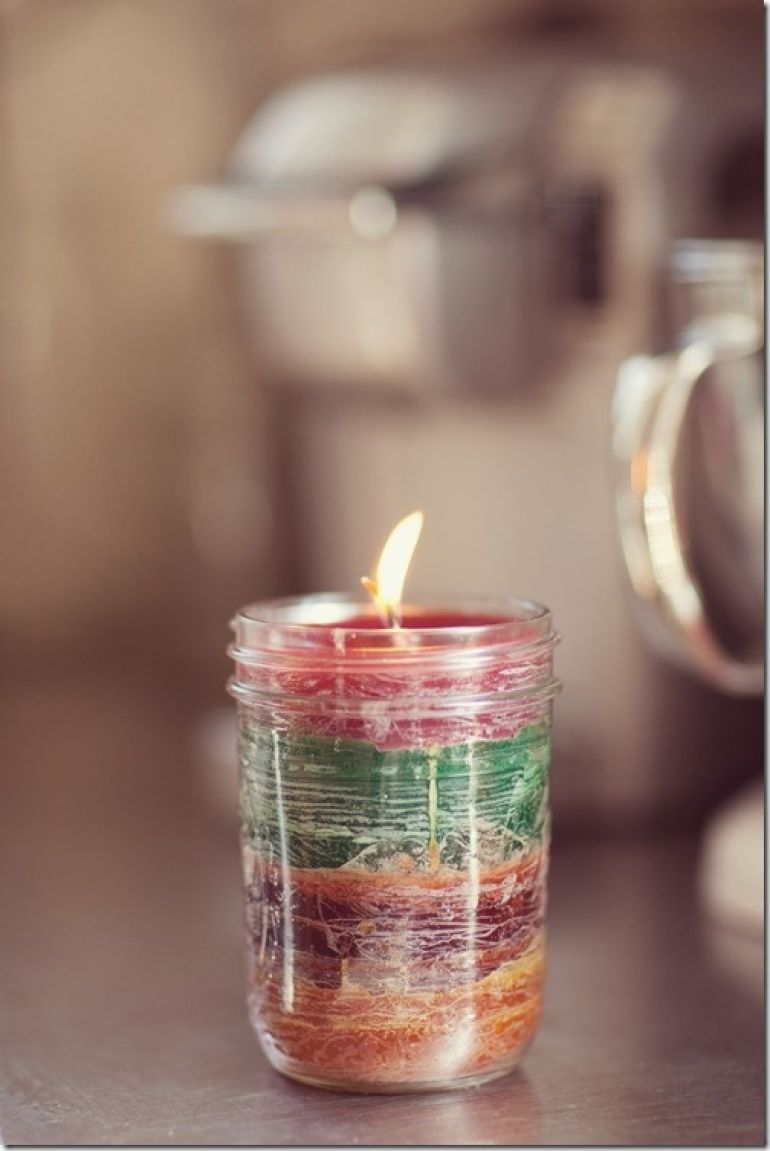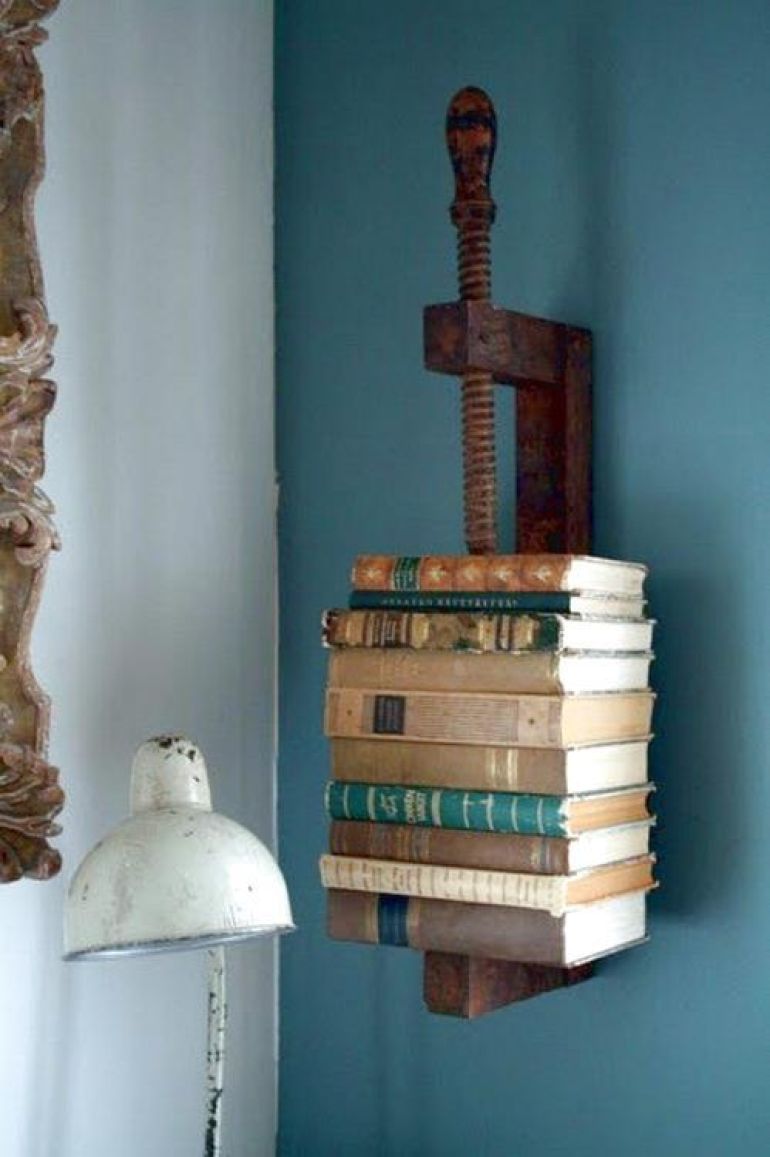Top Ten Creative Ways To Repurpose What You Thought Was Junk
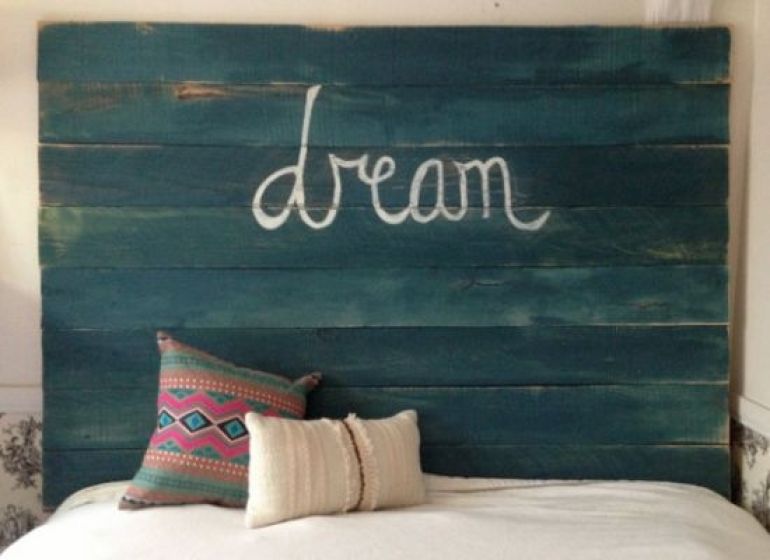
Ever feel like you’re drowning in broken furniture and useless knick-knacks? We are all occasionally guilty of hoarding objects without really thinking about what they’re good for - who hasn’t cheerfully received useless birthday gifts from people they can’t quite remember the name of? The time has come to reclaim this junk and breathe new life into the silly objects you’ve accumulated! You’ll be surprised just what can be created from tired old furniture which needs to be retired from its usual use. Get creative and put the fun back in frugality by transforming stuff you’ve forgotten the last time you used into creative and unique decorations and functional items with a twist.
Here are the top ten DIY projects for repurposing things you thought were rubbish, pointless or past their use-by date. Need a handyman to advise about one of these? Just click here to get quotes from handymen who'd be happy to help.
1. Old doors into coffee tables
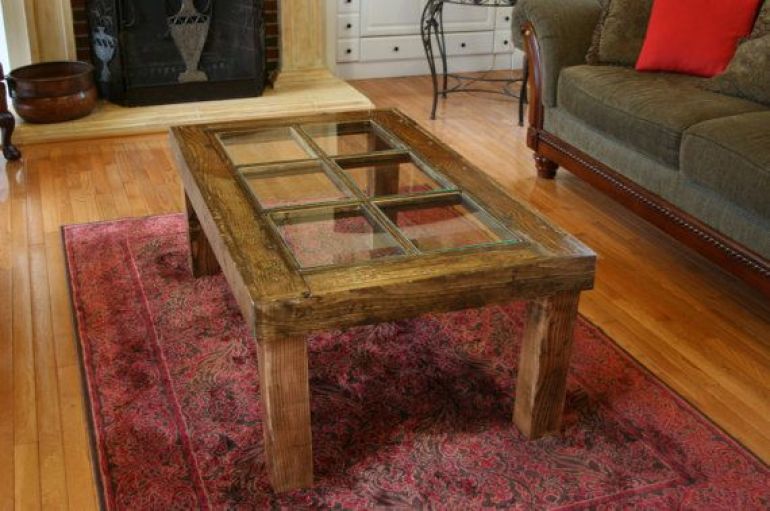

Whenever you find yourself having to throw out mouldy old cabinets or cupboards, there’s always a twinge of regret that you’re being wasteful. Why not recycle old doors still in okay condition into centrepieces in your living room? Coffee tables are highly functional pieces of furniture and so often used that it’s easy to forget their existence, so it’s completely up to you whether to hide or highlight your table’s past life. French doors work best, seamlessly slipping into their new sophisticated look, but you can also simply add a coat of varnish (without even stripping the peeling paint!) to create a more rustic, homely look. Doors can be broken up into assemblable pieces, attached to trestles or fixed to other sturdy pieces of scrap timber. Depending on the style of table, you can even simply balance a sheet of glass across the expanse of the door to create an even surface. Coasters can be fashioned out of remaining pieces of wood by adding laminate or varnish. You can even make a feature out of the knobs and the relief. Following an online tutorial makes it easy to fashion a coffee table which has elegance and character - a great way to freshen up your lounge or living room.
2. Broken pots into garden markers
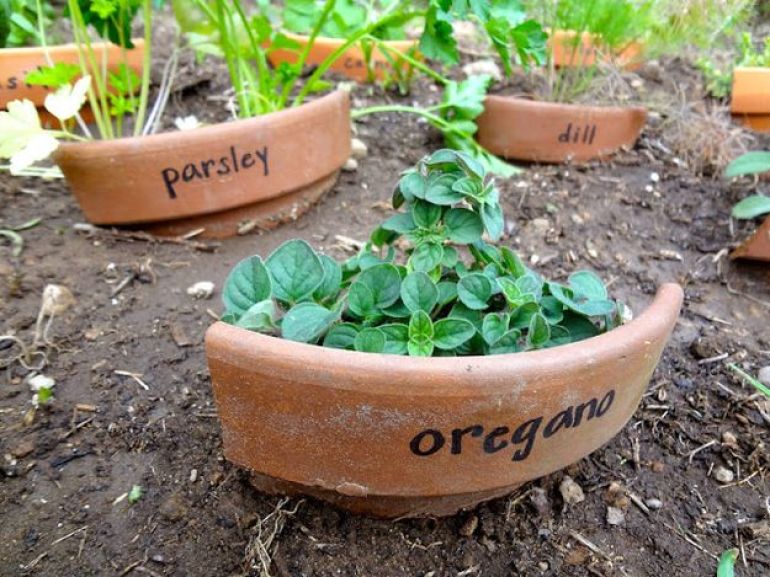

If we all received a dollar for every broken flowerpot stumbled upon in the garden, we’d be millionaires. Don’t despair, however, since there are things you can do to put them to good use - like making cute plant markers for your herb or flower garden. These are sweet, quirky fashion statements: “Hey, so what I keep dropping my potplants? Now I have a futuristic herb garden!” All it takes is a little sanding and a permanent marker or some paint. You can even try using uneven pieces of terracotta, concrete or plastic to create walls to prevent soil erosion between garden beds. Such a simple idea, but effective - when executed properly, it will appear as if your plants are both neatly organised in pots and rising gracefully out of the earth. Try decorating the ceramic with little pictures or colour coding in reference to whether herbs are culinary or medicinal, perennial, biennial or annual - or simply what you use most often!
3. Vinyl records into cake platters
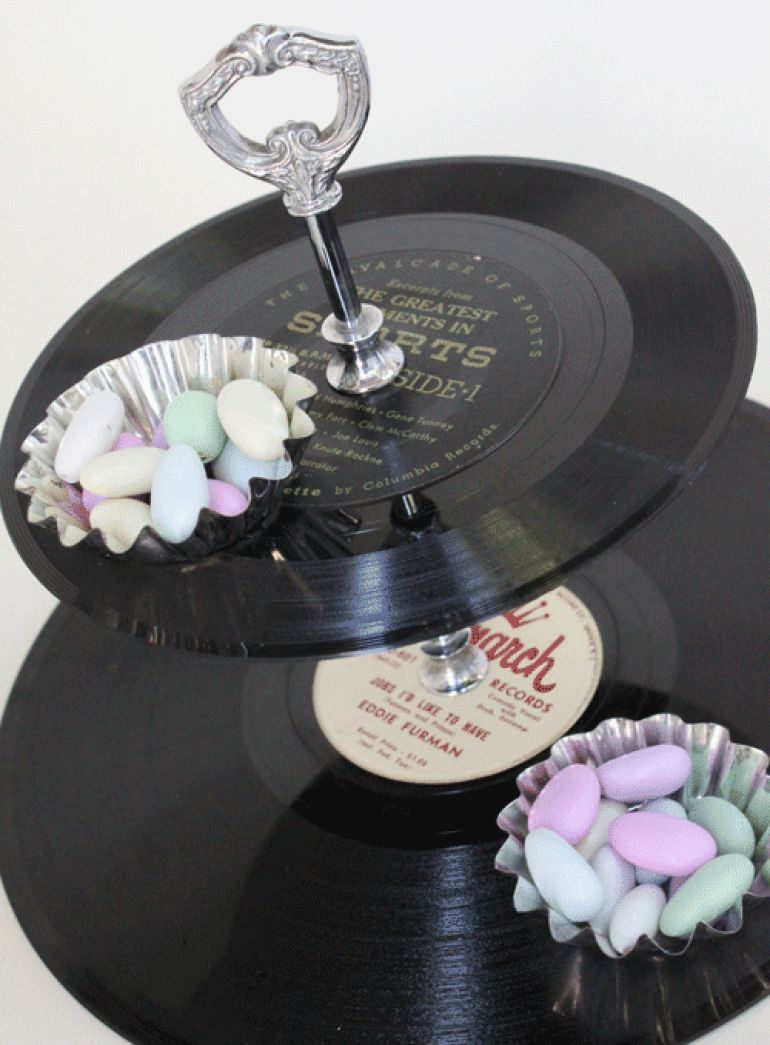
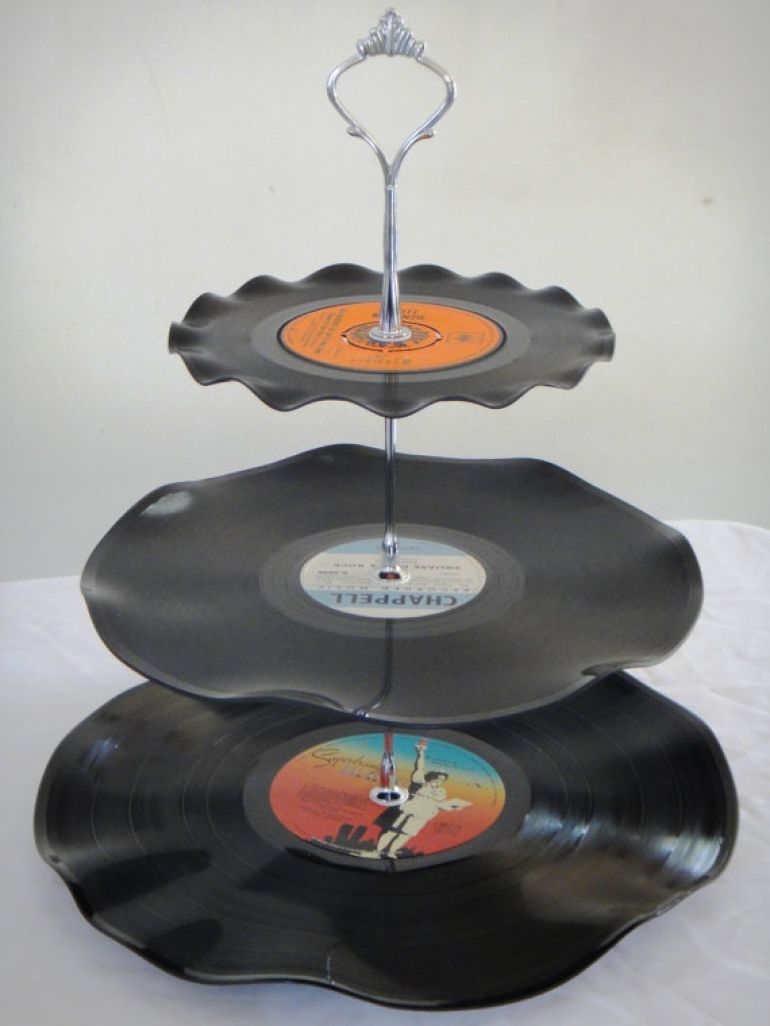
Tiered cake stands are lots of fun but their seldom usage simply doesn’t warrant purchasing an expensive set. Got lots of records lying around but your record player is long gone? Why not turn them into beautiful dessert platters? This is actually a wonderful way to showcase your old favourites. While a little fiddly, it costs barely anything and makes a wonderful conversation starter at awkward family events. If you’re unsure about the food aspect of this project, adapt the stand for another purpose - jewellery or key storage, receipt or letter holder, or simply keep it as an interesting decoration! Basic cake-stand rods can be purchased online or at a hardware or homewares shop for a few dollars and there is a variety of metal colours and styles for you to match to vinyl artwork. Remember to clean your records thoroughly before you begin since they’ve probably been gathering dust for a while now.
4. Bottle caps into artwork
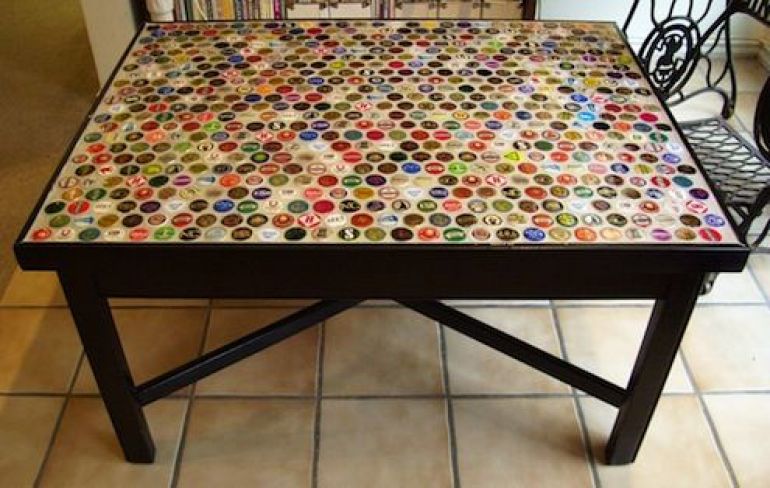
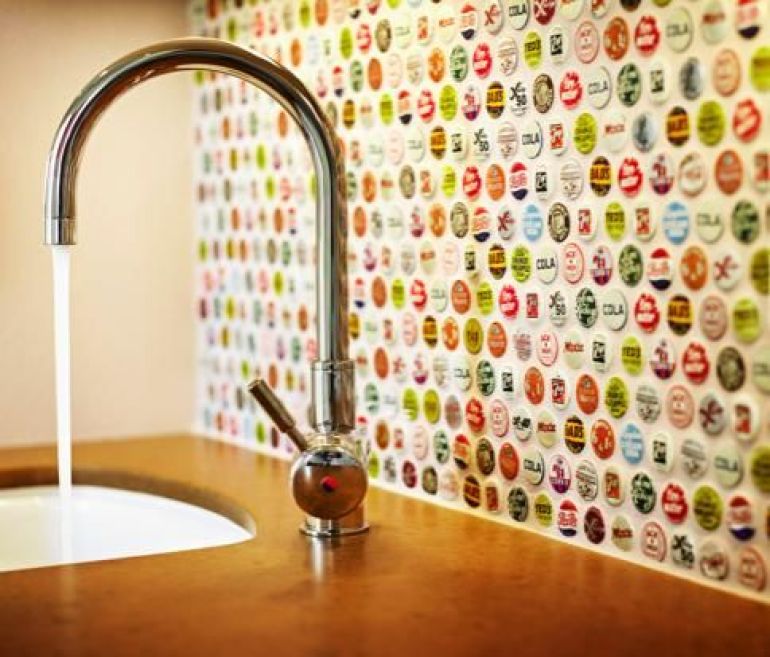
Have you ever really thought about how many bottles of various content make their way through your home? These tiny, colourful caps have so much artistic potential and are literally waltzing right into your fingertips everyday. Because of the automatic sorting mechanisms used on the contents of our recycling bins, having loose bottle tops in your recycling can be an irritation to the system. With a little glue and maybe some grout, they can be reappropriated into artwork, onto furniture, and even as flooring in a bathroom, laundry or shed! Kitchen splashbacks are another great idea - you can create a personal mosaic with as little or as much colour variation as you’d like. Even plastic tops can be incorporated into DIY jewellery. Bottle Cap Art is a trend which has a steadily growing online community; there’s tonnes of inspiration and ideas for how to use your bottle tops in a way which is practical, aesthetic and sustainable.
5. Broken chairs into clothes hangers
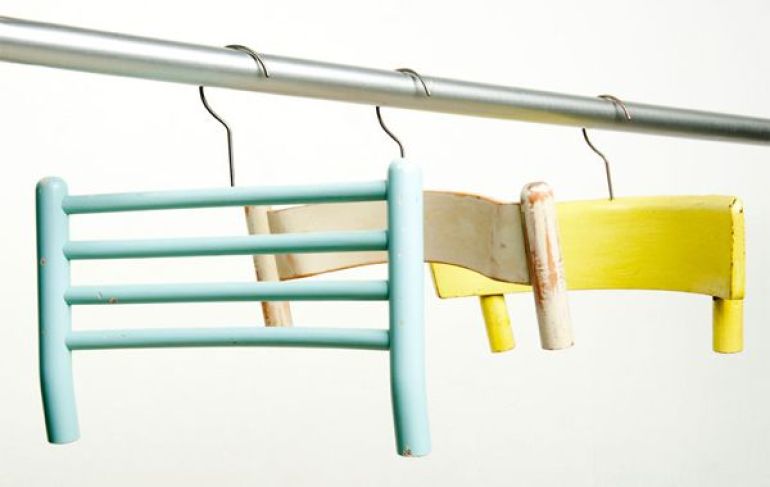
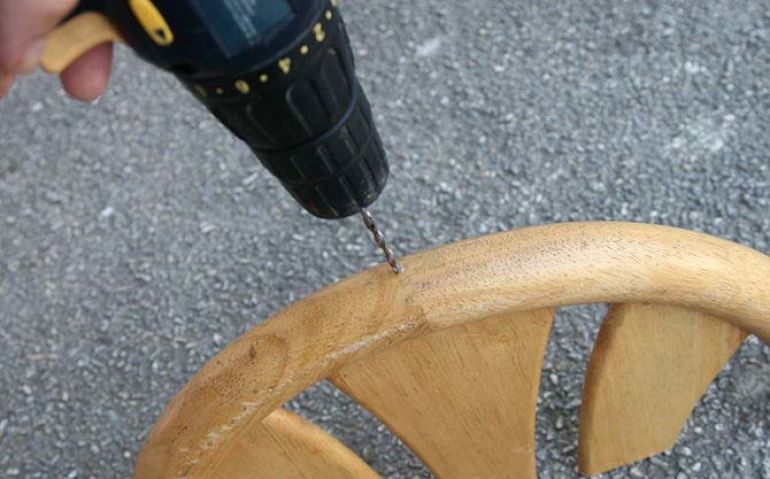
It is an unfortunate fact of life that even the most loved chairs have an expiration date. However, if you think about it, there’s still plenty of sturdy material remaining after Aunt Gladys has accidentally massacred the bottom of your favourite dining chair. The back and rails are usually wide and sturdy - perfect to hold sleek garments which have a tendency to slide off other clothes hangers. Turning chairs into clothes hangers is a matter of taste, but as far as DIY goes, it’s a fairly straightforward process, with just a bit of sawing, sanding and drilling and, of course, the sourcing of some strong metal hooks. The benefit of the concept is that you’ll end up with hangers far more durable than those tacky plastic creations from department stores. They’re also wonderfully original - the variation in colour and designs creates such a distinctive look for your wardrobe that it’s actually been taken up as a product by some design companies. One thing to bear in mind is that their increased weight makes these hangers perfect for statement items like evening wear, wedding dresses, trenchcoats and heavy bathrobes.
6. Old books into chandelier decorations

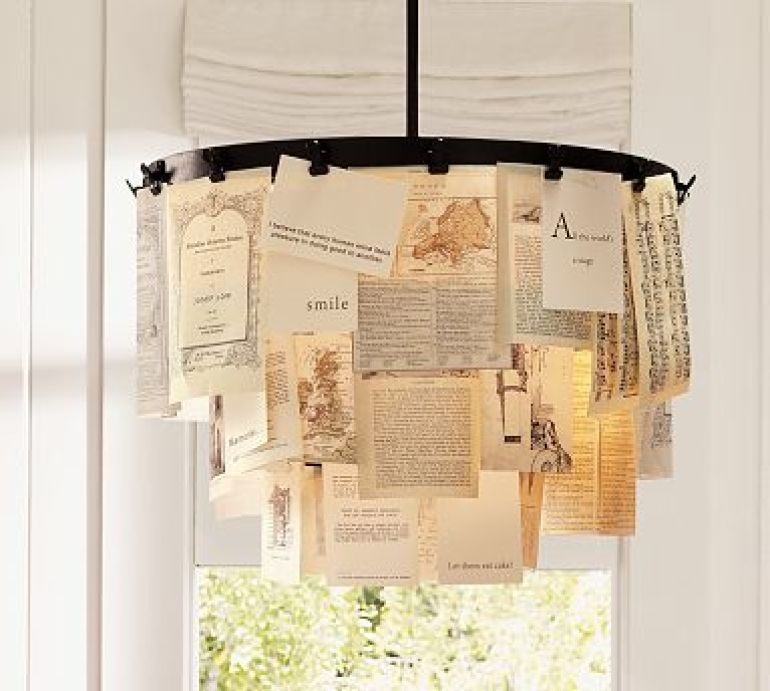
Some books are simply so demonstrably bad that you wonder how they ever ended up in publication - let alone your bookshelf. The good news is that there are about a million ways for you to use their pages to decorate your home! Wallpaper, coasters, party decorations, placemats, paper cranes, lanterns, lampshades, secret boxes - there’s so many to choose from, but our favourite are book chandeliers. Not only is this a functional and efficient use of your old books, it looks fantastic, brings a whole new vibe to any room of the house and is surprisingly difficult to stuff-up. Depending on your tastes, you can opt for elaborate folding, simple peg hanging mechanisms or even just decorating a wakefield chandelier. It makes for an addictive and worthwhile long term project - and again, such a popular design that artists are catching on and creating their own for sale.
7. Old bicycle wheels into scrapbooks
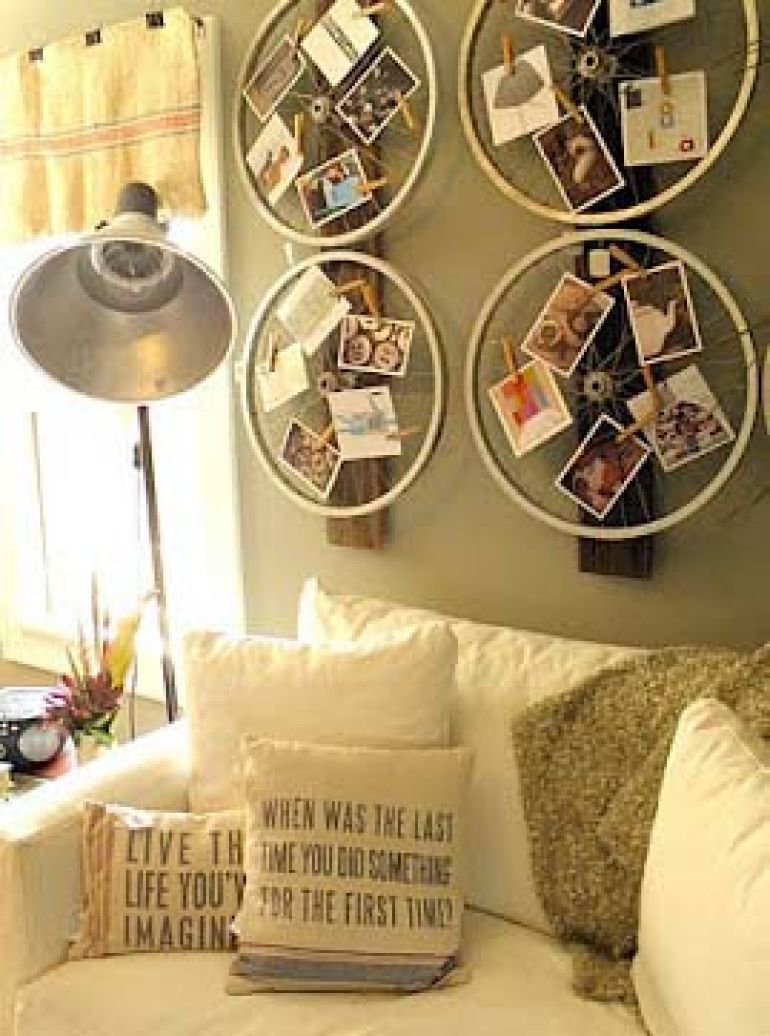
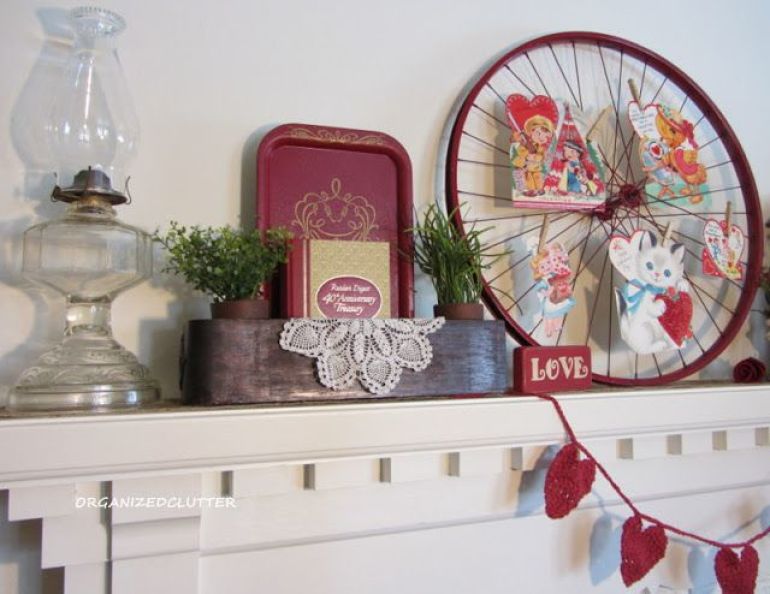
It can be sad to see the end of an old, trusty bike - so it’s no wonder the internet is ablaze with great ways to recycle them! The rims themselves are very rarely worn or damaged so this is a good way to help them live on inside your home. Old bicycle rims are infinitely cheaper and more artistic alternatives to the generic wire IKEA frame. Perfect for creating memory scrapbooks, the spokes easily hold photos, postcards, book excerpts, beads, material swabs, receipts and much more. They can be propped up on furniture, hung from the ceiling or even incorporated as part of a feature wall. The sky’s the limit here - use them for fairylights, newspapers, jewellery, knitting wool or even as props for cookbooks or music sheets.
8. Rubbish into jewellery
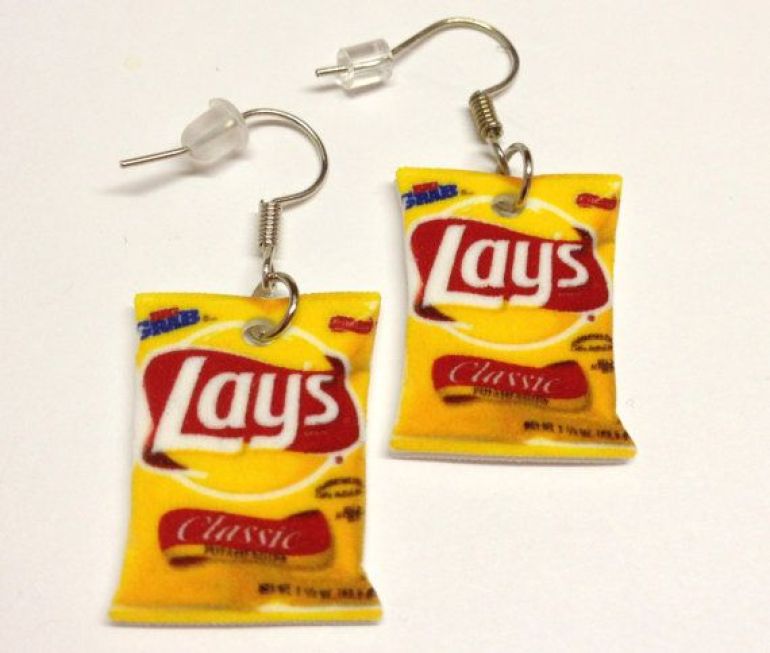
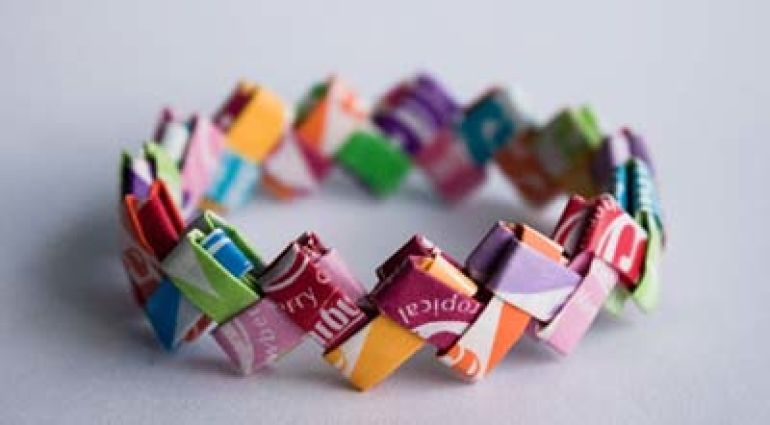
There’s nothing like that satisfying feeling of having made something out of material which would otherwise have been useless - or even destined for landfill. Lolly wrappers, plastic bags and chip packets are at the top of this list and, with the right preparation, will make unique and beautiful accessories for you to flaunt all year round. Recycled materials has long been a trend in jewellery manufacture, but crafting your own kooky creations from household rubbish takes it to a whole new level! Shrunken chip packet earrings are a classic and all they require are a microwave, a hole-punch, some cheap earring hooks and a little patience. You could also try making keychains or pendants. Woven lolly wrappers take a tad more skill and quite a sweet tooth, but are remarkably durable in their eventual form. They also make great gifts, especially for children. If nothing else, you’ll be left with a bit of perspective on the sheer amount of waste which cycles through our homes each year.
9. Leftover candle wax into new candles
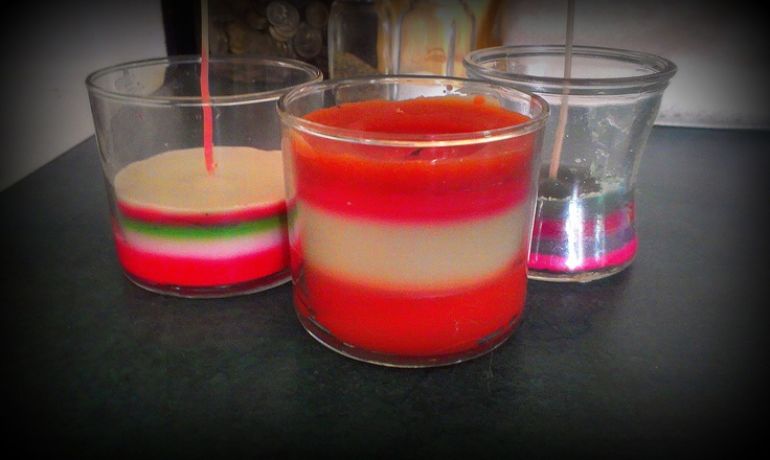
For people who are fond of candles, leftover wax can become the bane of their existence. It’s tremendously wasteful to have to sacrifice a significant portion of the candle when the wick has grown too short to safely use and over time, it is easy to accumulate quite a hefty amount of wax which is perfectly good for use. Why not create your own layered candles? You’ll need some kind of glass container for setting the wax once it’s been broken up and melted over the stove. You can add pattern and texture to your finished product by painting, stenciling or overdipping in a different colour. Experiment with dipping your candle in iced water or having it set around crunched-up ice to create funky geometric patterns on the surface wax. Just be careful to not mix unusually scented candles - unless you’re into it, of course!
10. Old clamps into bookshelves
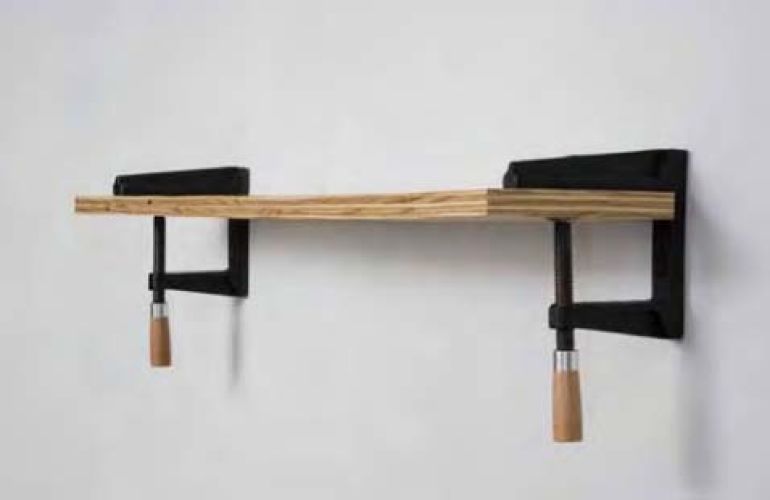
Garages are just filled with dusty old clamps no longer in use and practically begging to be incorporated into your new bookshelf. Since they are obviously sturdy little contraptions, it’s completely up to you how to use them in your design. They can even be simply an aesthetic feature and not a structural aspect of the shelf, especially if you’re not sure how long they’ve been loitering (read: deteriorating) in your shed. They can also stand alone, resting on hooks you’ve screwed into the wall or lying on-top of dressers and bedside tables. And, of course, the sign of an epic DIY project - you can buy them premade online. But where’s the fun in that?


